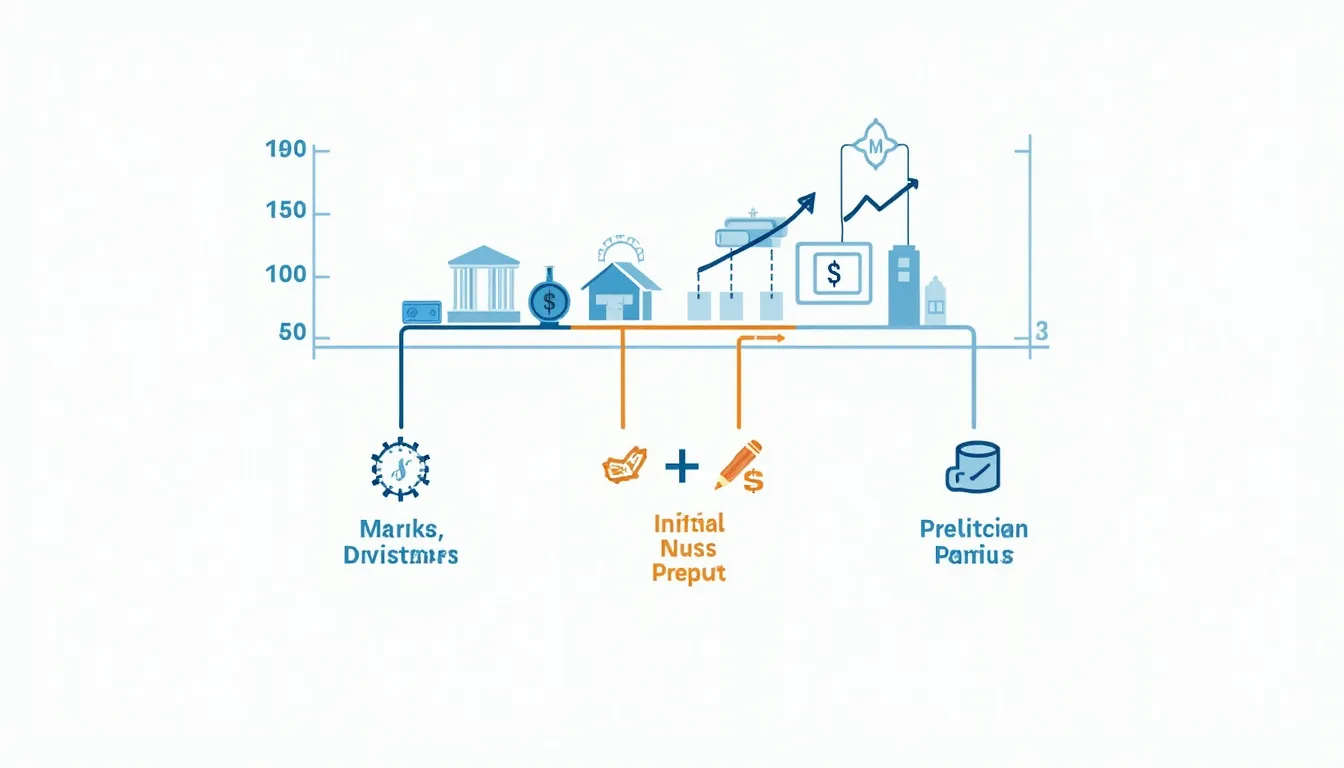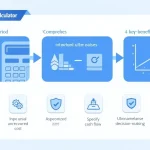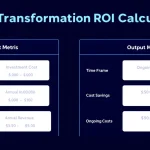Payback Period Calculator
Is this tool helpful?
How to use the tool
- 1. Enter your initial investment. Type the full upfront cost—for instance $250 000 or $92 500.
- 2. Enter the expected periodic cash flow. Add the net inflow per year, such as $50 000 or $11 500.
- 3. Press “Calculate”. The calculator divides the two numbers to return payback in years and months.
- 4. Read the result. Use it to compare projects or test scenarios.
Formula
$$\text{Payback Period}= rac{\text{Initial Investment}}{\text{Periodic Cash Flow}}$$
Example A
$250 000 ÷ $50 000 = 5 years.
Example B
$60 000 ÷ $12 500 = 4.8 years → 4 years 10 months.
Quick-Facts
- Companies typically demand a 3-5 year payback on capital projects (KPMG Global Manufacturing Outlook 2022).
- Simple payback ignores discounting and risk (Investopedia, “Payback Period”, https://www.investopedia.com).
- US rooftop solar averages an 8 year payback (NREL, 2023 Photovoltaic Cost Benchmark).
- Small firms cap tech upgrades at 5 years payback (SBA Small Business Finance Report 2021).
FAQ
What is the payback period?
The payback period is the time your project needs to recover its initial cost through net cash inflows (Investopedia, “Payback Period”).
How does the calculator compute payback?
It divides initial investment by annual cash flow, then converts decimal years to years + months—no other assumptions involved.
Does the result include the time value of money?
No. “The simple payback method ‘does not account for the timing of cash flows beyond the recovery point’” (ISO 15686-5:2017).
What counts as a good payback?
Manufacturing firms rarely approve projects exceeding five years; many set a three-year target (KPMG, 2022).
How do I turn a decimal year into months?
Multiply the decimal by 12. Example: 0.8 years × 12 = 9.6 ≈ 10 months.
Can I enter amounts in euros or yen?
Yes—just keep investment and cash-flow figures in the same currency.
How accurate is the tool?
Accuracy equals the accuracy of your inputs, because the formula itself is exact arithmetic.
Which metrics complement payback?
Use Net Present Value and Internal Rate of Return for a discounted-cash-flow view (McKinsey Valuation, 2020).
Important Disclaimer
The calculations, results, and content provided by our tools are not guaranteed to be accurate, complete, or reliable. Users are responsible for verifying and interpreting the results. Our content and tools may contain errors, biases, or inconsistencies. Do not enter personal data, sensitive information, or personally identifiable information in our web forms or tools. Such data entry violates our terms of service and may result in unauthorized disclosure to third parties. We reserve the right to save inputs and outputs from our tools for the purposes of error debugging, bias identification, and performance improvement. External companies providing AI models used in our tools may also save and process data in accordance with their own policies. By using our tools, you consent to this data collection and processing. We reserve the right to limit the usage of our tools based on current usability factors.







